Shutterstock
Dogs are known for their boundless energy, loyalty and companionship, but they also have a unique ability to teach us lessons we didn’t know we needed. One of the most valuable skills they help us develop is patience. Whether it’s training a puppy, dealing with an older dog’s stubbornness, or simply waiting for them to finish their walk, dogs challenge our need for instant gratification. Through these everyday experiences, dogs offer countless growth opportunities that show us how to slow down and embrace patience in our lives.
Waiting for the “right time” to eat
 Shutterstock
Shutterstock
One of the first things many dog owners experience is the mealtime ritual. From the moment you start preparing their food, the dog is very attentive and often very eager. But they have to wait. While their enthusiasm is overwhelming, it is your job to remain calm and this requires a great deal of patience. Dogs don’t understand the complexities of cooking, so their excitement continues to build while you control the pace. Over time, this teaches you the value of waiting for something you want, even when the anticipation is almost unbearable.
Training patience with commands
 Shutterstock
Shutterstock
Teaching your dog basic commands like “sit”, “stay” or “wait” is more than just obedience; it is a lesson in mutual patience. Your dog may not understand the concept at first and you may find yourself repeating the same commands several times before they respond. The act of remaining calm and consistent throughout this process requires patience as dogs need time to understand and respond appropriately. You quickly realize that the reward comes only after sustained effort and quiet persistence.
Leash Walk Tango
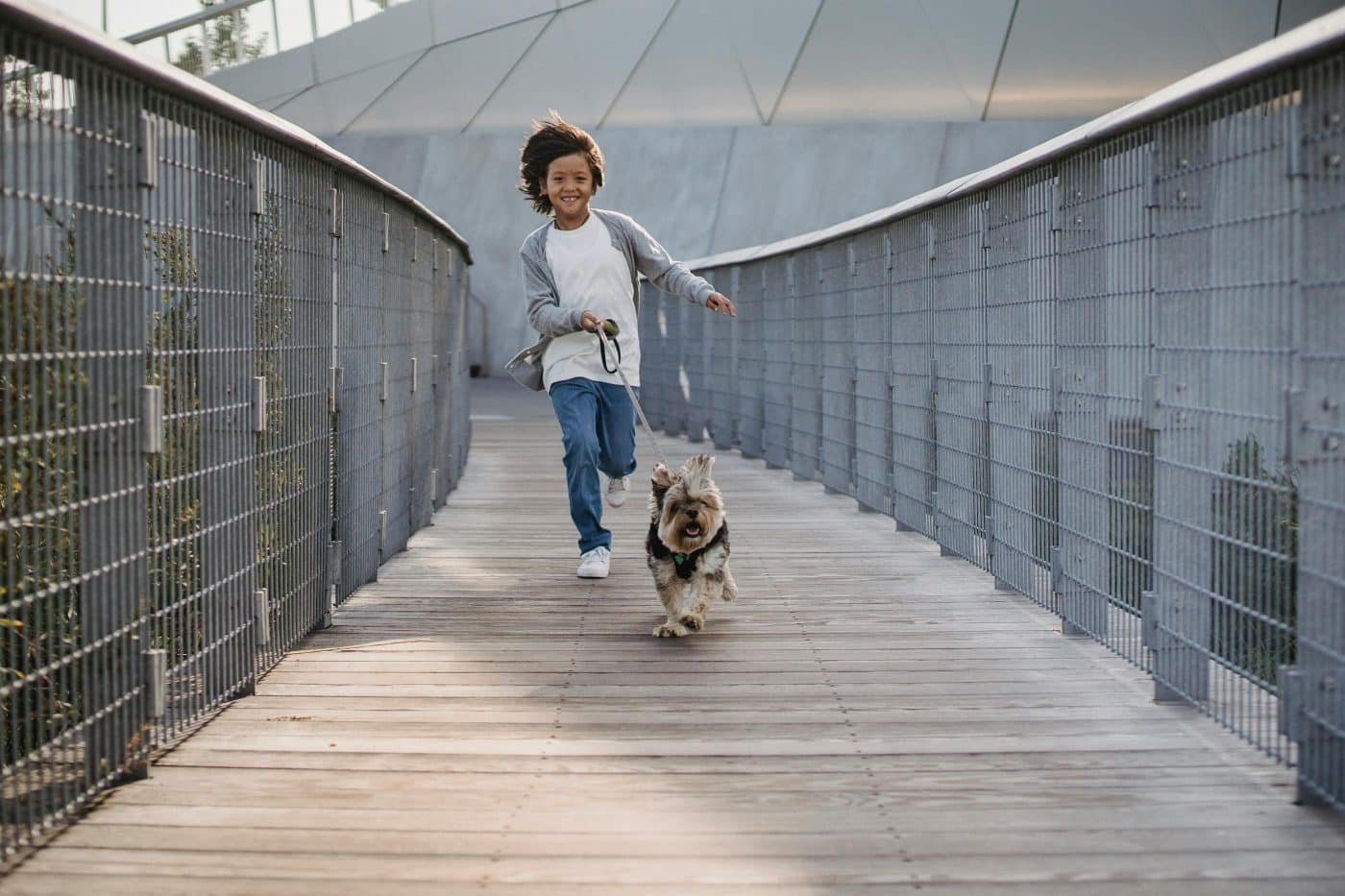 Shutterstock
Shutterstock
When you first start walking your dog, especially a puppy or a dog that isn’t used to walking on a leash, the experience can feel like a tug-of-war. Your dog pulls forward, stops to sniff each tree and can even dart in different directions. As a pet owner, learning to handle the leash calmly without getting frustrated is a valuable lesson in patience. The dog’s endless curiosity and the slower pace they set will help you understand the importance of enjoying the moment instead of rushing to the destination.
Dealing with the chewed shoe incident
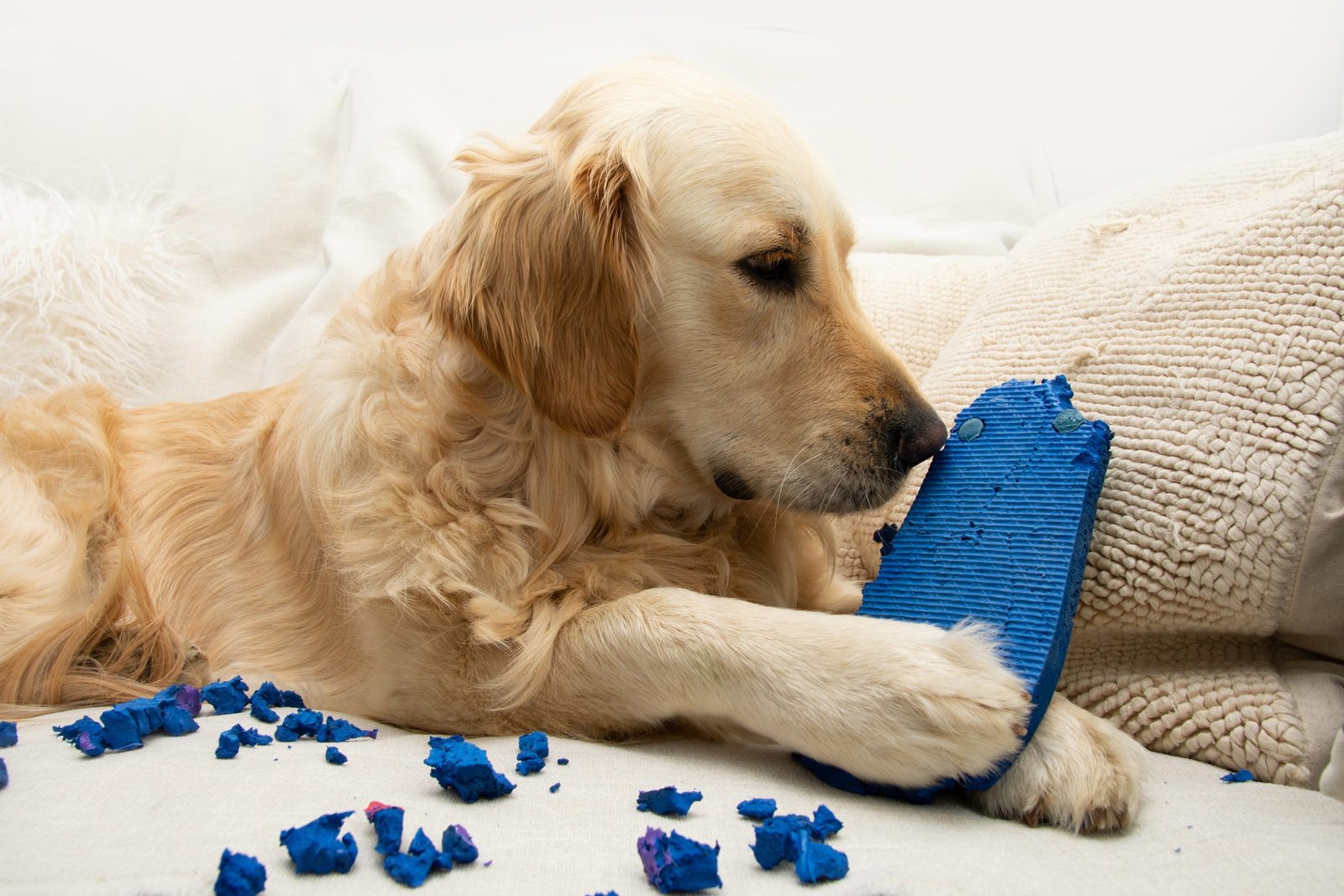 Shutterstock
Shutterstock
While you may have a perfectly planned day, your dog may have other ideas – like chewing up your favorite shoes. In these moments, the challenge of dealing with your emotions without lashing out is a true test of patience. This is especially true for puppies learning about boundaries. Instead of reacting immediately with frustration, stay calm, redirect their behavior and understand that dogs explore the world with their mouths. Over time, this teaches you to pause, take a deep breath, and approach problems with a level head.
Waiting for them to come inside
 Shutterstock
Shutterstock
Sometimes it can feel like waiting for the longest timeout in history to get your dog back inside after he’s had a good time outside. Whether they’re busy chasing a squirrel or sniffing every corner of the yard, getting them to return to the house can be an exercise in patience. This teaches you the value of giving them space, respecting their need to enjoy their surroundings, and resisting the urge to rush or force them. Over time, you learn to calmly wait, knowing that they will eventually return when they are ready.
Patience with their playful antics
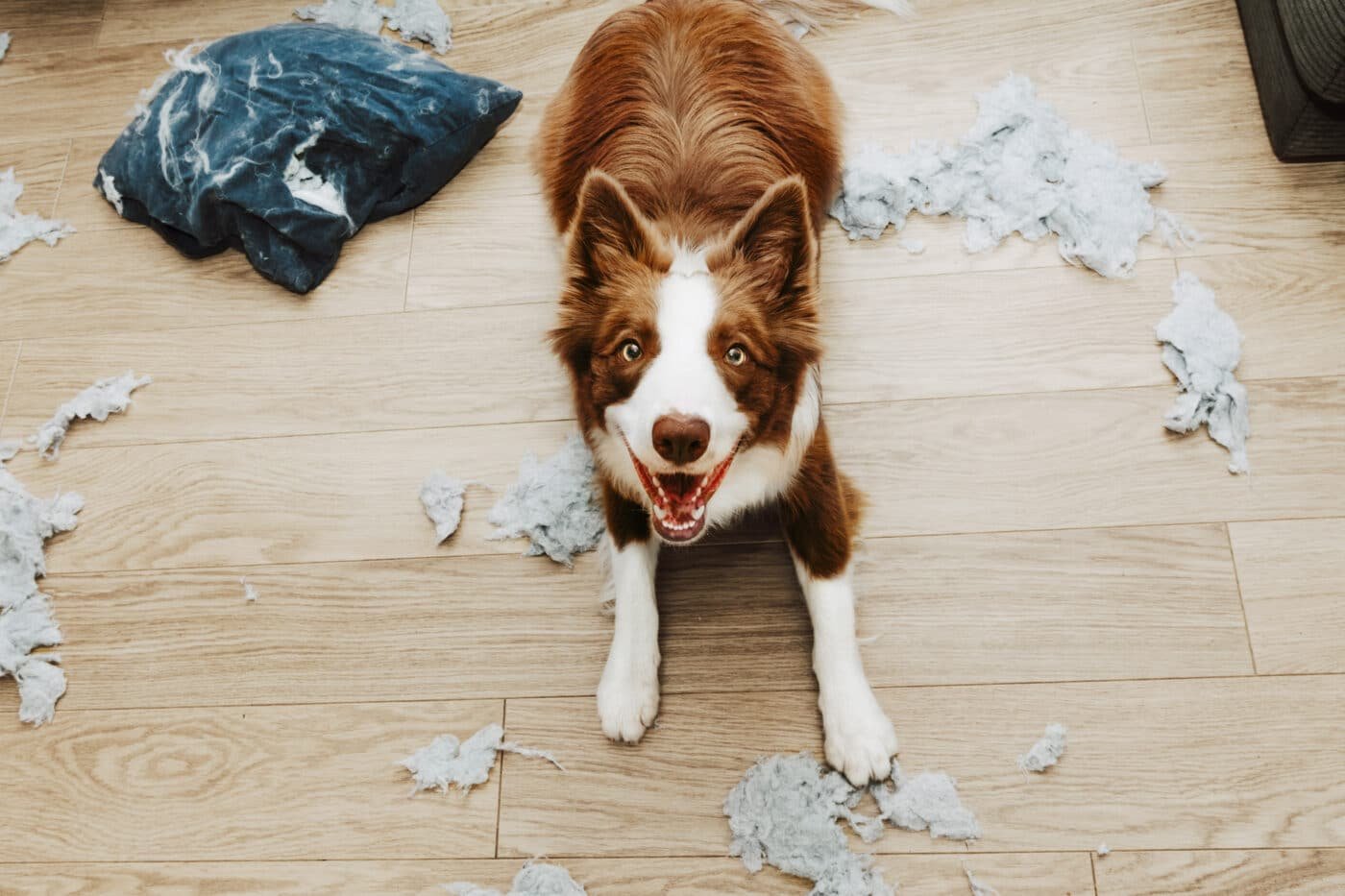 Shutterstock
Shutterstock
Dogs, especially puppies, can be a whirlwind of energy. They may demand attention at the most inconvenient times or engage in behaviors that you find challenging – like chasing your diet or trying to chew on your furniture. Still, they mean no harm. Instead of getting frustrated, you learn to tolerate their actions and sometimes even laugh at their antics. Through this, dogs teach you that not everything requires a reaction and that some situations simply require a bit of humor and patience to handle.
The art of waiting for belly rubs
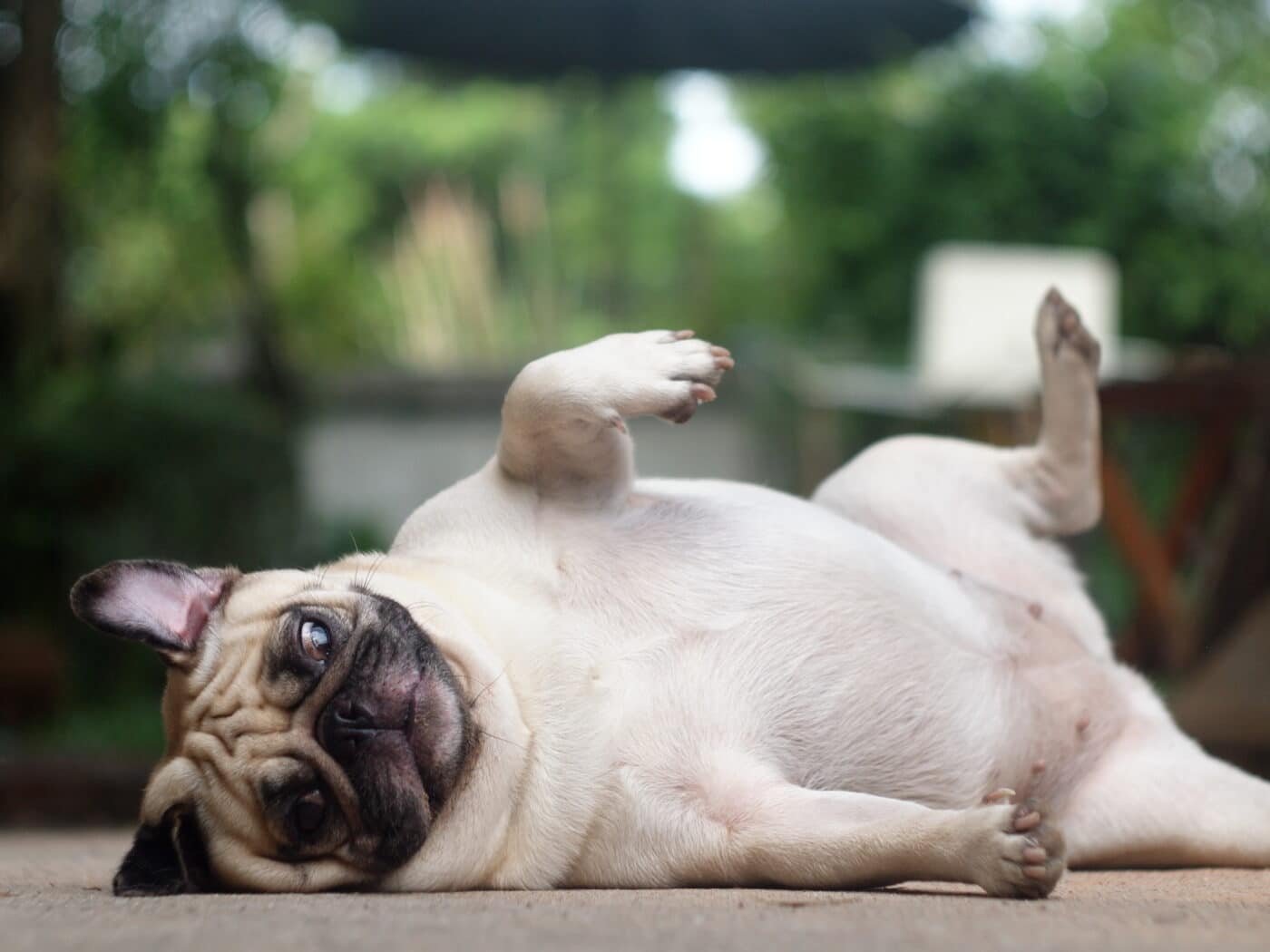 Shutterstock
Shutterstock
Sometimes a dog’s need for attention can feel endless, especially when he’s rolling over his stomach. They will push, paw and stare at you, often until you finally give in and offer them the attention they crave. In these moments, dogs teach you that patience in waiting for attention is not just about enduring the wait, but understanding the joy of giving without expectation. Dogs don’t rush you, and their insistence isn’t about impatience—it’s about trusting that when the time is right, you’ll give them what they need.
Healing and recovery time
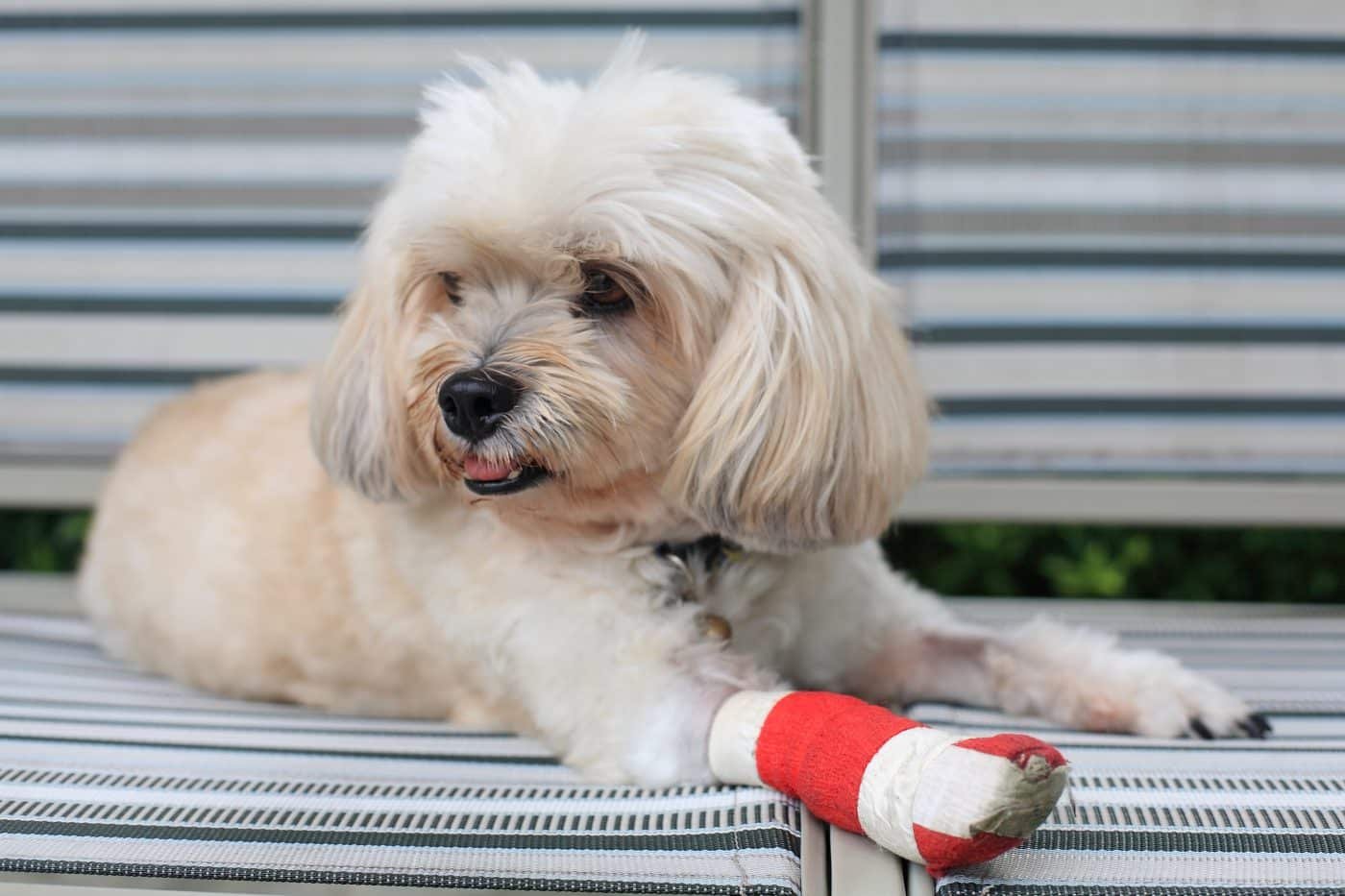 Shutterstock
Shutterstock
If your dog is injured or undergoes a medical procedure, their recovery period can be an exercise in patience for both you and them. They may not be able to resume their normal activities immediately, and you will need to care for them in ways that require restraint and empathy. This healing period often requires a lot of waiting – whether it’s waiting for a wound to heal or for your dog’s energy level to return to normal. The process teaches you patience as you watch them slowly regain their strength, knowing that every step forward is progress.
Handling separation anxiety
 Shutterstock
Shutterstock
Dogs are incredibly loyal creatures, and they often become deeply attached to their owners. If you leave them alone for a long period of time, they may show signs of separation anxiety, which can lead to behavioral problems such as excessive barking or destructive chewing. Dealing with a dog suffering from separation anxiety can test your patience as you work to train them to be more comfortable when you are alone. It takes consistent effort and sometimes progress is slow, but over time you learn that patience is the key to helping them feel comfortable in your absence.
the “not yet” syndrome
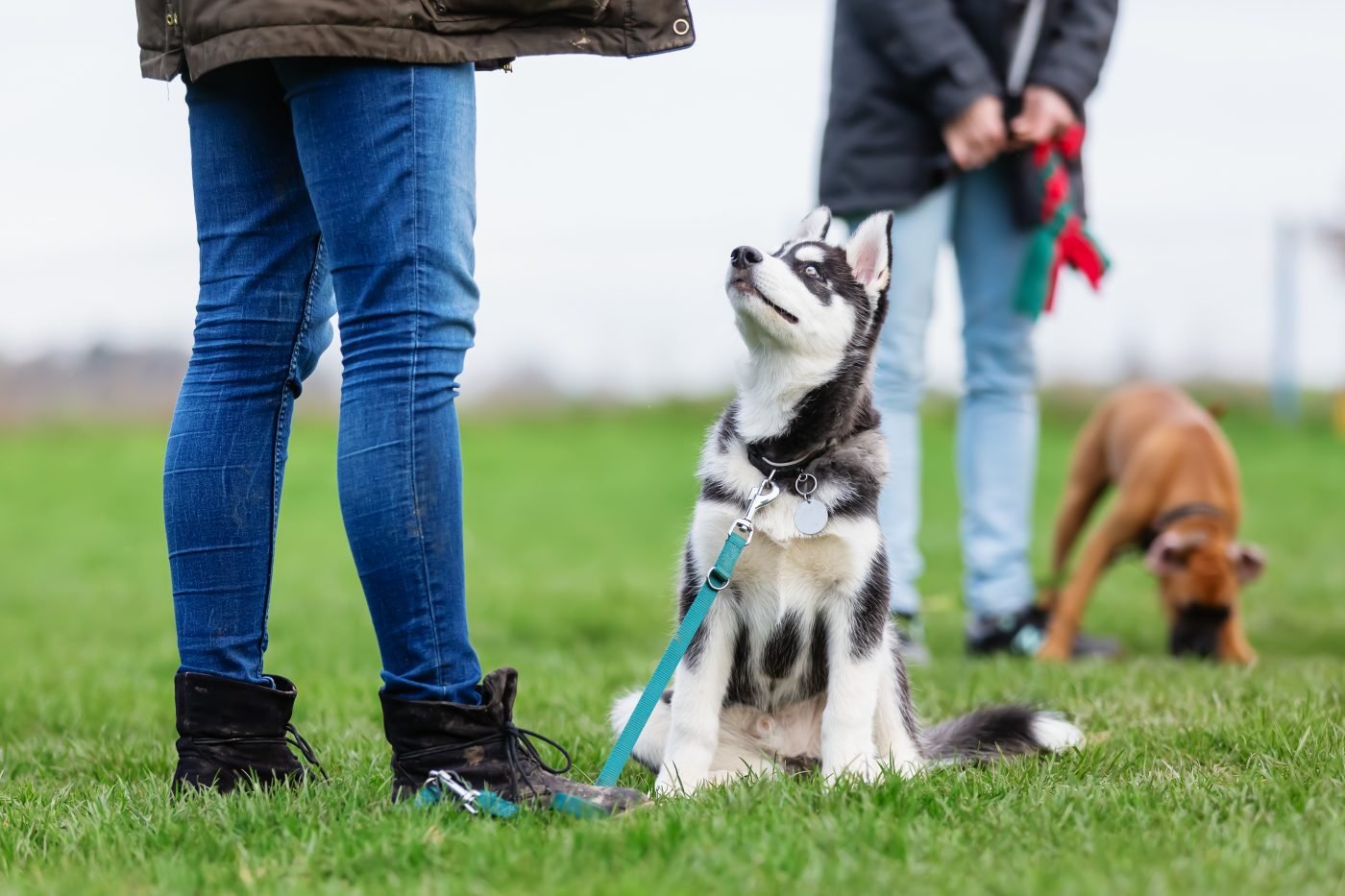 Shutterstock
Shutterstock
If you’ve ever tried to get your dog to learn new tricks or behaviors, you’ve probably experienced the frustration of their lack of immediate progress. Whether it’s teaching them to catch a ball or to walk without pulling on a leash, there is often a period of trial and error. During this time, dogs require your patience as they gradually understand what is expected of them. This “not yet” period can feel discouraging at times, but it ultimately teaches you that progress takes time and it’s important to stay persistent even when things don’t happen right away.
Handling Zoomies after meals
 Shutterstock
Shutterstock
It’s a funny phenomenon that many dog owners know all too well – after eating, some dogs get a sudden burst of energy and go crazy with zoomies running in circles around the house or yard. This may leave you laughing or annoyed, depending on the circumstances, but it also requires patience. You may have to wait for your dog to calm down before resuming any activities, or you may have to sit through a series of chaotic moments. This teaches you to embrace unpredictability and to be flexible with your time, even when things get a little out of hand.
Understand their feelings
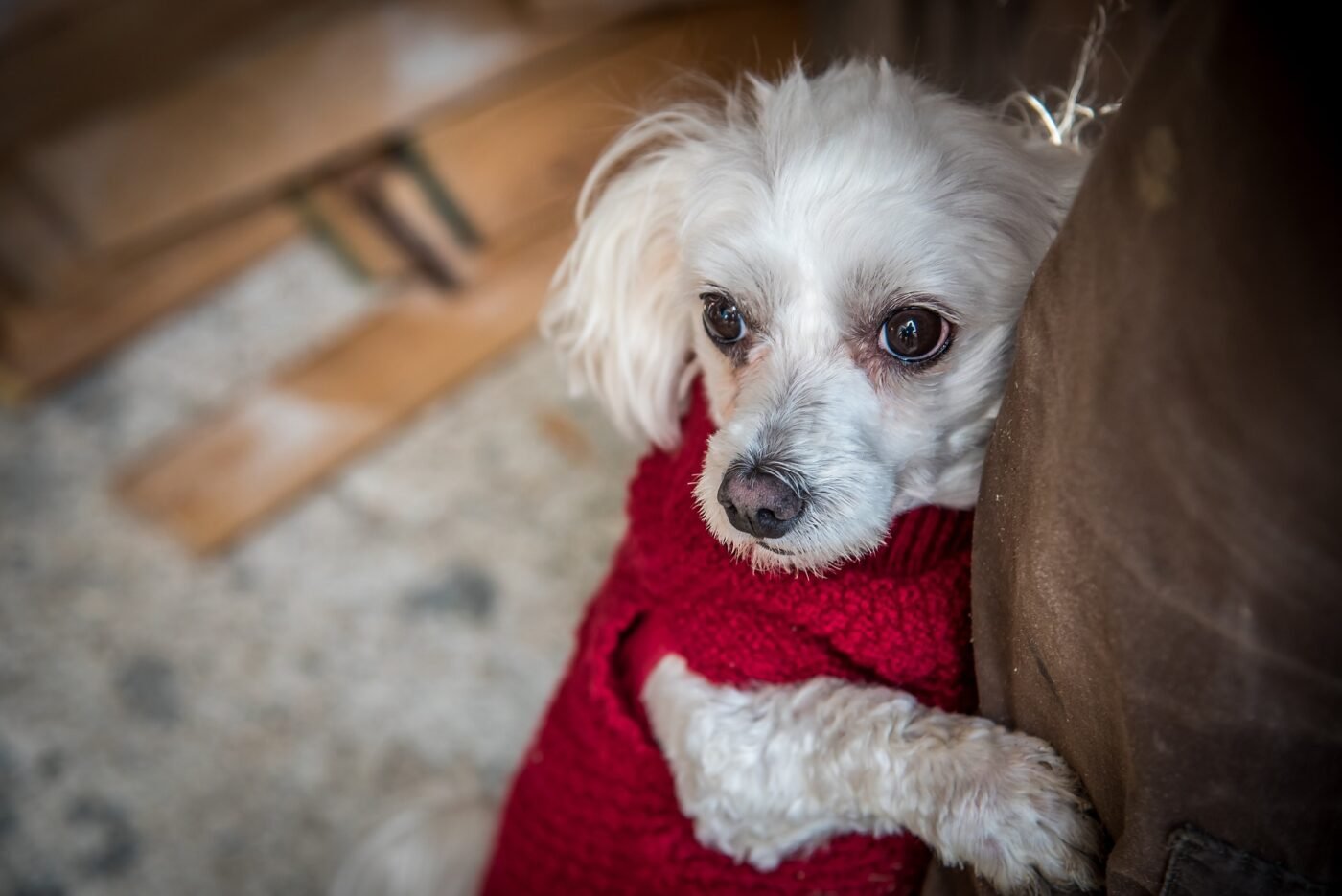 Shutterstock
Shutterstock
One of the greatest gifts dogs offer is the ability to understand and empathize with their emotions. Dogs have an innate ability to sense when you are sad or anxious, and they often try to comfort you. On the other hand, it takes patience and attention to learn to read your dog’s body language and signals, especially when he is anxious or afraid. The more you observe and understand their needs, the more patient you become. Whether it’s helping them calm down from a stressful event or understanding their discomfort in a new environment, this deepens your bond and teaches you to be more patient in all aspects of life.
The patience of grooming
 Shutterstock
Shutterstock
Grooming your dog can be a time-consuming and sometimes challenging process. Some dogs love to be brushed and bathed, while others may not be so cooperative. Whether it’s clipping their nails or getting them through a bath, grooming teaches you patience through repetition and tolerance. Dogs don’t mind the process in the same way that humans do, but they require gentle handling and time to get used to the routine. Through these grooming sessions, you learn the importance of consistency and tenderness, which fosters a sense of patience not only with your dog, but with yourself as well.
The Ruff Path to Patience
 Shutterstock
Shutterstock
Dogs teach us patience in ways that go beyond basic training. Whether they’re giving us playful nudges for attention or making us wait for them to finish their zoom, these furry friends help us slow down and enjoy the moment. While their antics can be frustrating, their boundless energy and lovable quirks remind us that patience isn’t just about waiting for something to happen—it’s about enjoying the journey. So when your dog is staring at you with that “I’m ready for my turn” look, remember – they’re teaching you invaluable patience!
